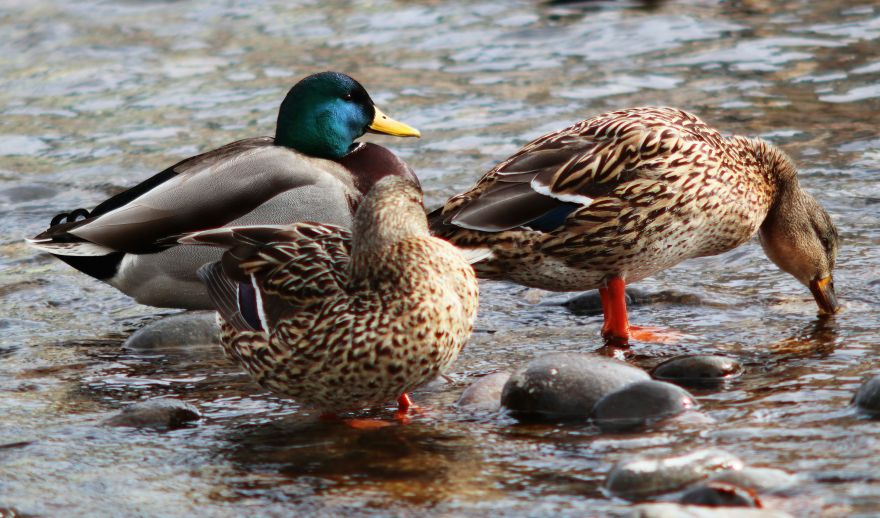
There's nothing more endearing than the symbiotic relationship developed between people and wildlife. As much as we benefit from the resources we take from nature, I think it's also our responsibility to take care of them. Although wildlife in their natural state rely on their own instincts to survive, human intervention can sometimes aid in the preservation of wildlife and to ensure that they can live and grow without too much threat on their lives or that of their young.
That is the kind of relationship that has been forged through centuries and generations of Norwegian tenders and the eiders, one of the largest sea birds in the arctic. Sort of a mix between a goose and a duck, the eiders have been under the care of bird-raising families since the 1600s.
The caretakers of these eiders have gained much knowledge and experience which they have passed down from one generation to the next in the hopes of keeping this mutual bond between the birds and humans alive. This story, covered by Devon Frederickson, gives us a sneak peek into the lives of the eiders and their caretakers who have grown to love them even as their own family.
For the most part, during brooding season, eiders huddle into their nests where they lay their young and keep them warm until they hatch after 25 to 28 days. After that time, the eiders leave the nest and what's left are the down feathers which the caretakers collect and gather to be used as raw materials in manufacturing duvets, jackets, coats, and other apparels.
In all the world, eiderdowns are the softest, which is why their scientific name, Somateria mollissima, is such because the Latin species name mollissimus translates to "the softest". But profit is not the primary motivation for these elderly caretakers, some of whom have been taking care of these ducks for half a century, their whole lives in fact. They do it because of the legacy of love passed on to them by their ancestors.
Eider numbers are currently dwindling. One factor is climate change, which can also affect another factor, the behavioral changes of wildlife within the ecosystem. This not only includes the eiders themselves, but also their source of food and the predators which are perhaps the biggest threat to eider numbers.
This is why the eider-human relationship is necessary, because eiders find shelter and peace in the presence of their human caretakers. They are able to breed in peace while the humans shoo away their predators. The eiders can find nesting grounds prepared by their caretakers, which makes life for the eiders easier.
They can tend to their young without the stress of having to defend them from outside interference. Although there are still instances when larger birds of prey would swoop down and take one of the ducklings from the group, which many of the caretakers find incredibly saddening, as they have already formed tight bonds with them. They consider each one already a part of their own family.
Over the past century, as many bird keepers moved into the industrial parts of Norway, only few remained to take care of the birds, and that caused their numbers to decrease drastically. From a population of about 7,000 nesting eiders in 1900, that number shrunk to only 400 nesting females by 2004.
And so now, there is a deep need to encourage more people to maintain this age-old tradition, not merely for their own profit or benefit, but mostly for the birds' future. People like Rita Johansen, Albert Stensholm, Vibeke Steinsholm, and Hildegunn Nordum, with whom Devon Frederickson corresponded to write this story, are only some of the growing number of people concerned about the eiders welfare and posterity.
Their goal is to bring the eiders' situation to national attention, and collaborate together with the government and other leading figures such as UNESCO to restore the once thriving eider population. To the bird keepers, this is more than just some hobby or business, it's their way of life. It's their history. It's their commitment and their place in the world.
(Image credit: Simon Hurry/Unsplash)






https://en.wikipedia.org/wiki/Common_eider
Commenting on Neatorama will earn you NeatoPoints!